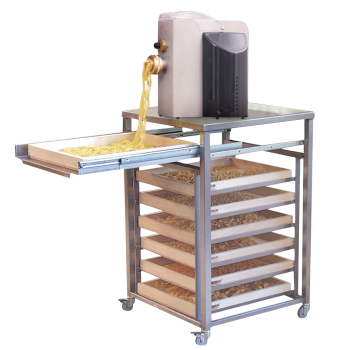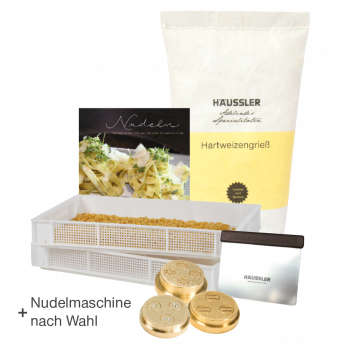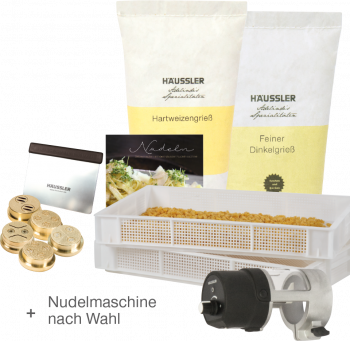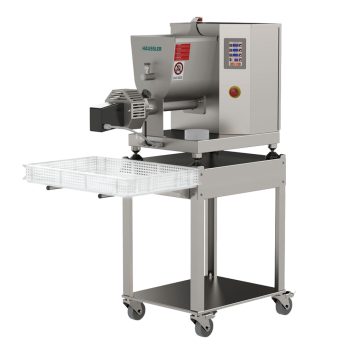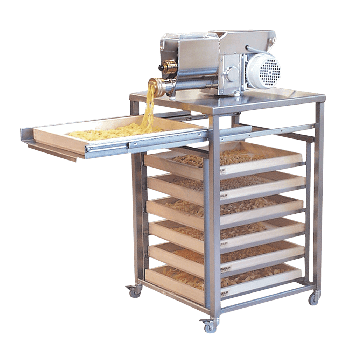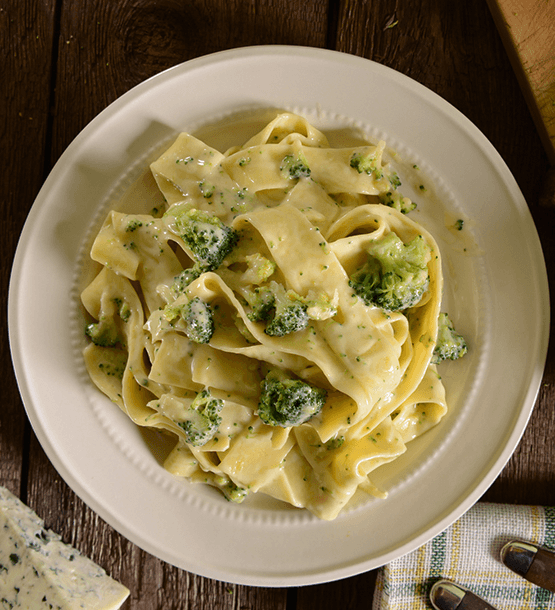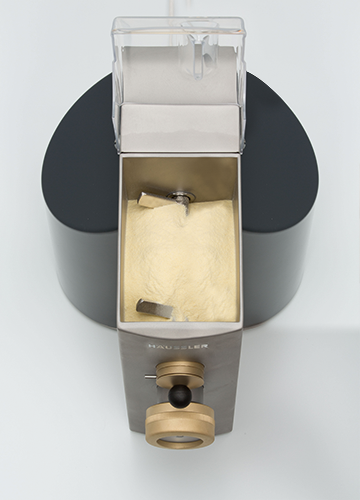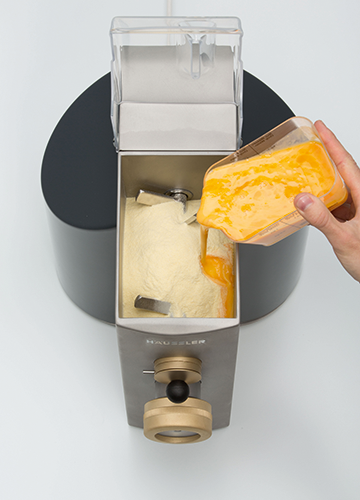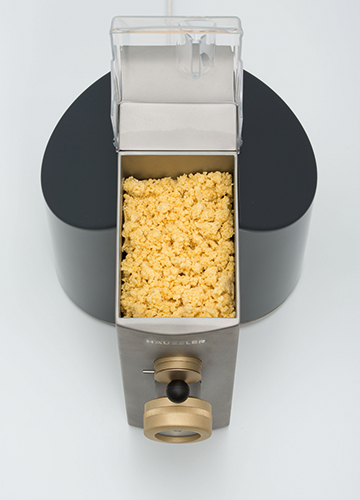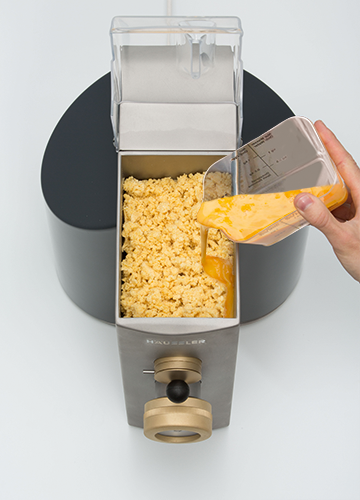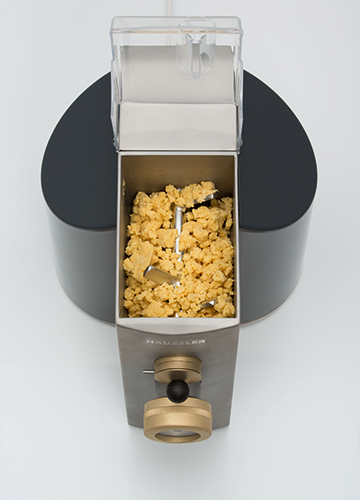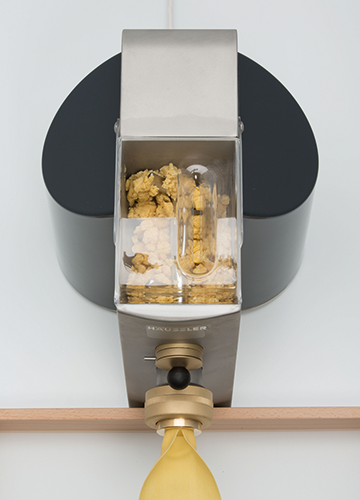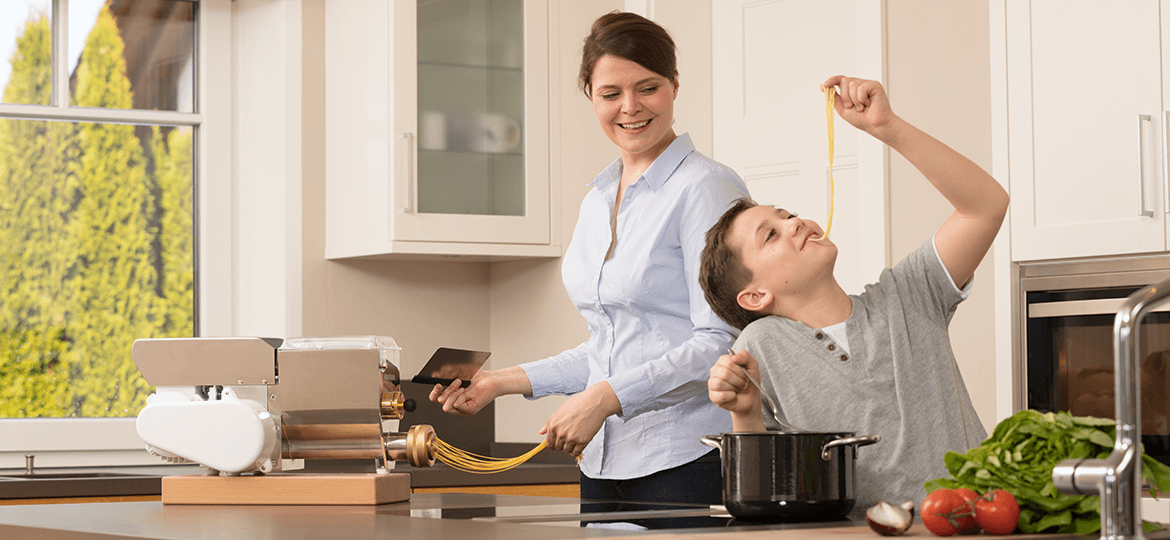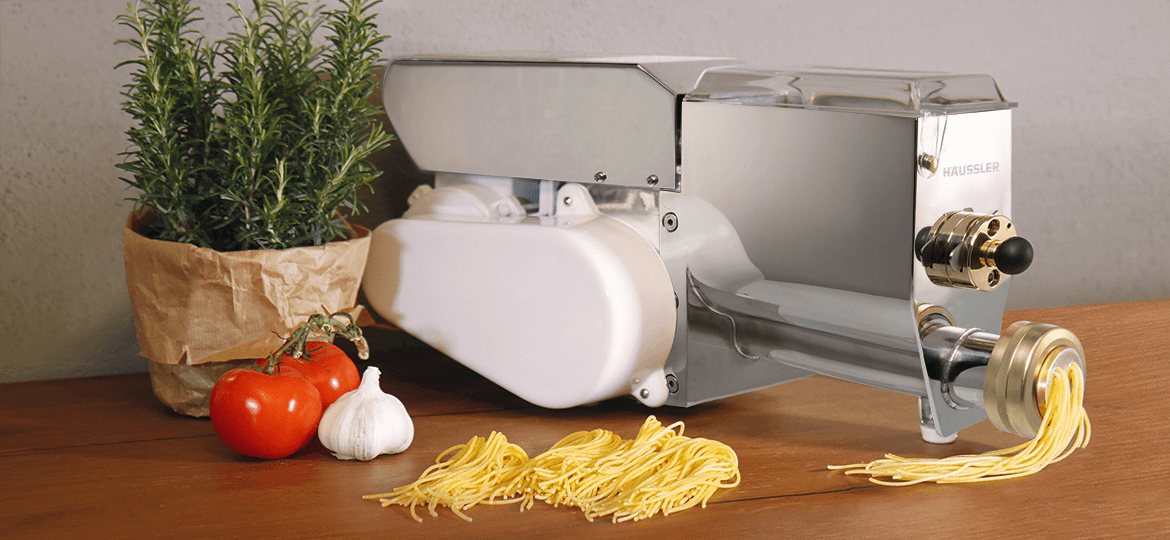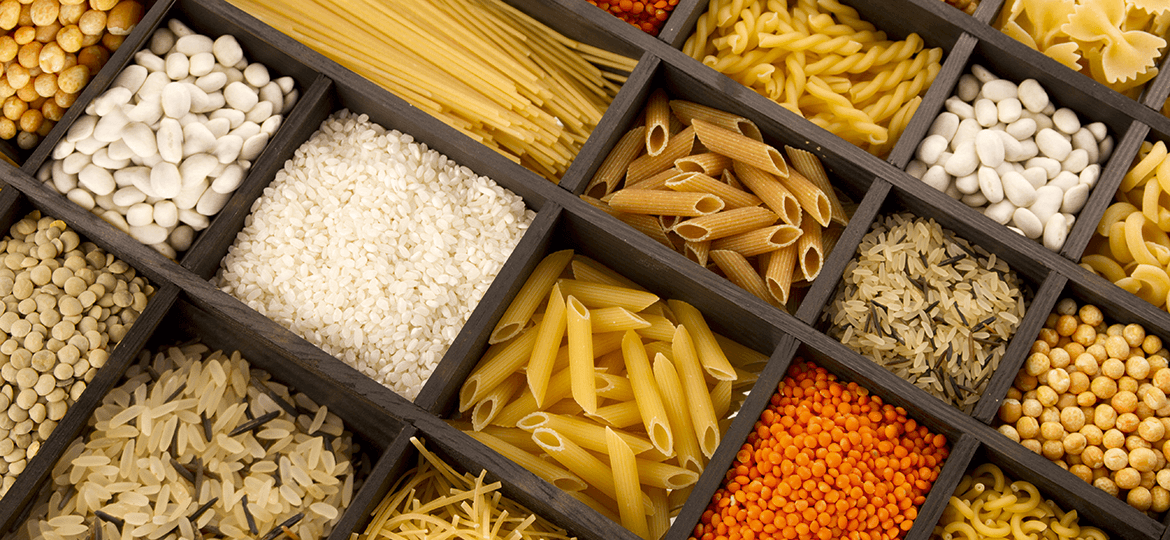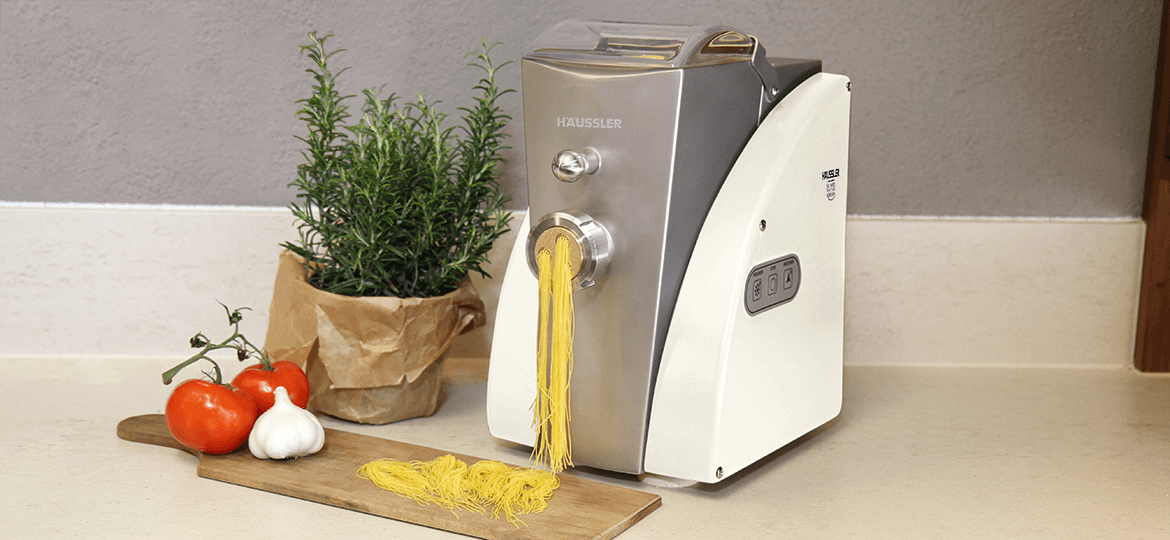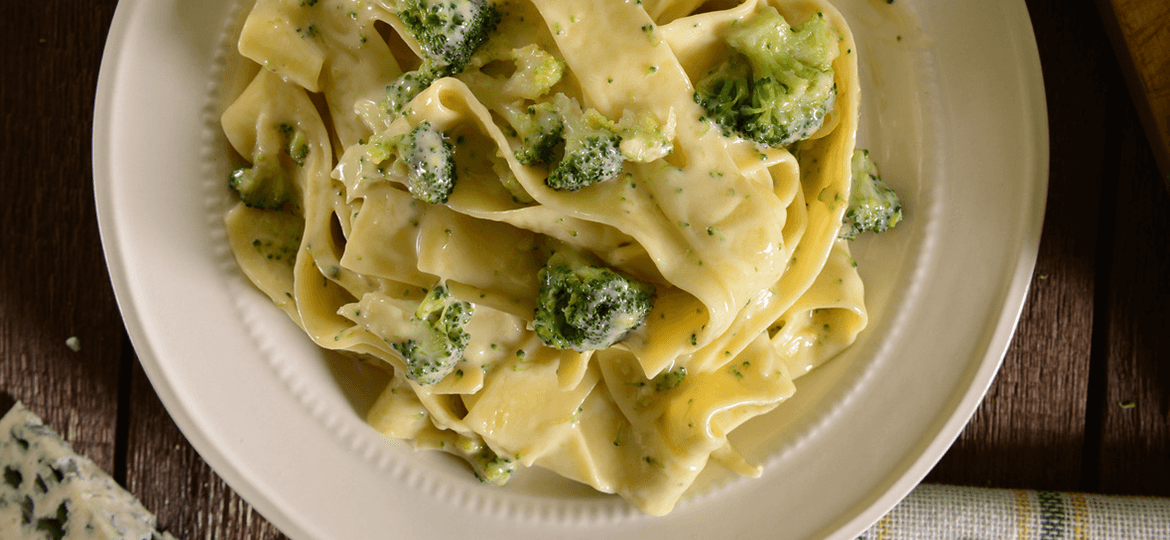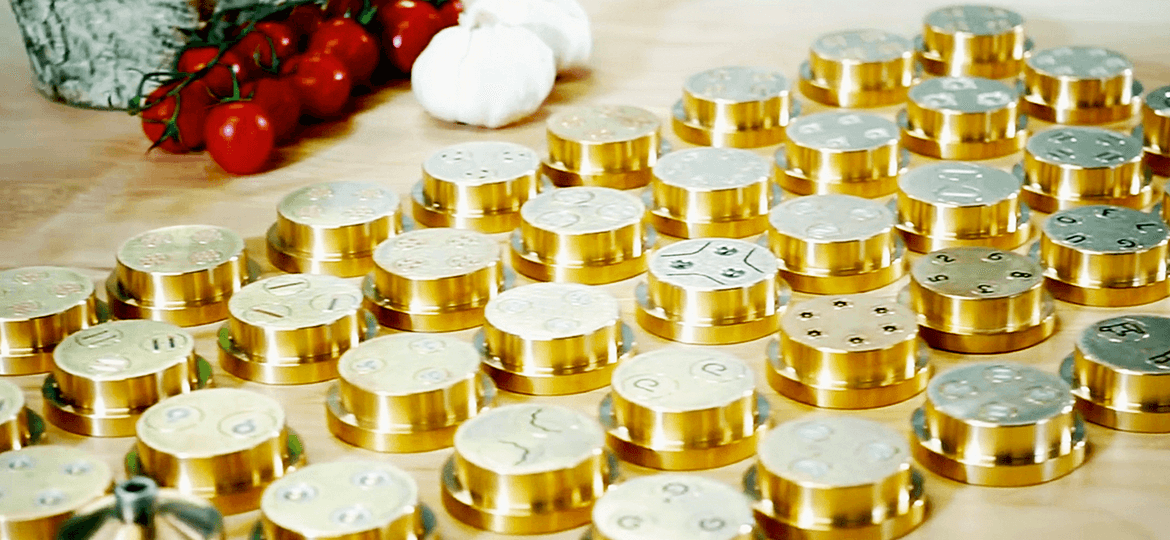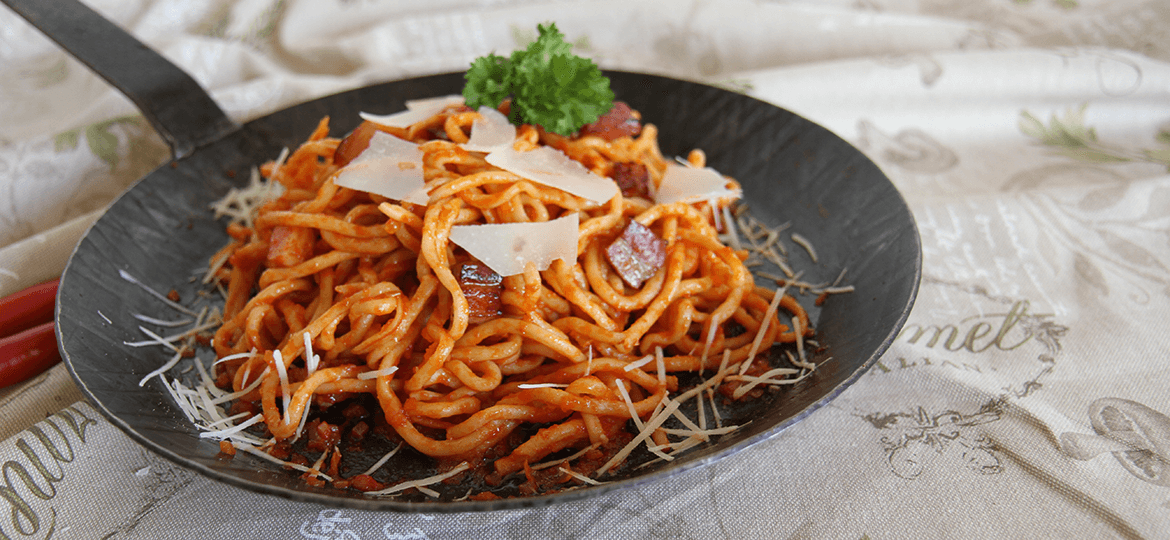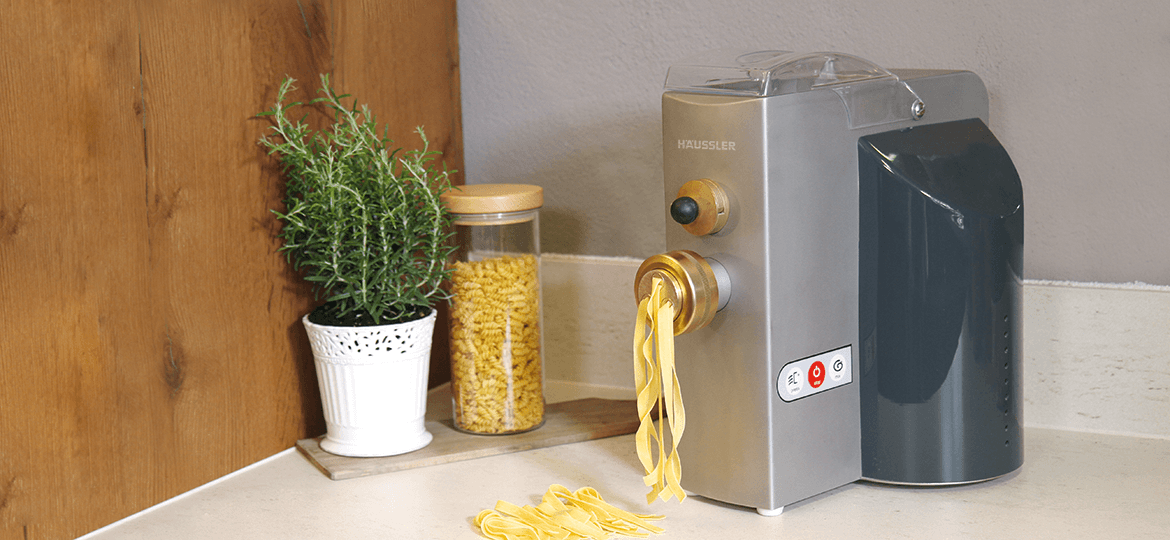Pasta makers
More info >

Emma

PN 100
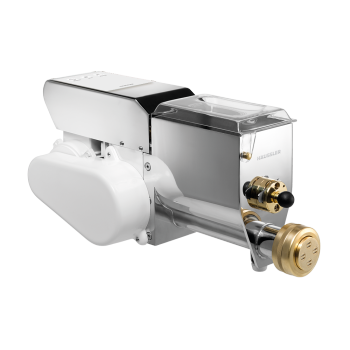
Passion for good pasta
Homemade pasta is a dream: really fresh, thoroughly delicious and very satisfying. More and more people today want to know what is in what they eat. This is an especially important aspect in the case of the staple food pasta. The name of the game is make it yourself.
At the same time, there are regionally distinct characteristics. In Germany, people usually think of classic egg noodles. Semolina with freshly beaten eggs produces the perfect dough. Egg noodles represent a down-to-earth quality and heartiness.
In Italy, one has pasta in mind and dispenses with the eggs. Classic pasta consists of pure semolina and water. The texture is different. Pasta represents a Mediterranean lifestyle with light meals, good oils, fine pesto and fresh ingredients.
You can of course use other raw materials. Kamut or spelt is ideally suited. Gluten-free variations can be conjured up from maize or rice flour. Red lentil flour has become very popular. When making pasta, your creativity knows no bounds. In many households, pasta is the highest priority in the menu. That’s why the pasta makers from Häussler are in such demand.
Professional moulds
The pasta makers from Häussler offer a decisive advantage: the professional moulds. Our Luna, Emma and PN100 appliances are indeed compact and handy. Nevertheless, you can produce pasta and noodles with them at a professional level. Decisive are the moulds, as they give the pasta its shape. In addition, our machines have powerful industrial motors that mix and extrude the pasta dough really well. The interplay of motor and mould results in an all-round convincing result.
It’s no coincidence that our moulds are of such high quality. They have been developed by special manufacturers and were actually designed for the production facilities of large noodle producers. They are of the highest quality, are inspiring thanks to their heavy bronze design and provide a wide variety. There is something for every taste in our range of moulds. You can buy at any time later one or the other mould and rekindle your passion for pasta again and again with other types.
Most moulds have a teflon insert that imparts a smooth and beautiful surface to the noodles. We also carry selected moulds without a teflon insert. These are classic bronze moulds, which are especially popular with pasta lovers. Bronze moulds give the pasta a rough surface and consequently provide excellent sauce adhesion. This option alone demonstrates the professional aspiration of the Häussler appliances. Pasta passion at the highest level.
Here you will find our extensive selection of assorted moulds: To the moulds
It’s this simple – with our pasta makers:
Simply place all the ingredients, such as semolina, flour, eggs and spices, into the mixing container. After a mixing period of 8 to 10 minutes, the pasta maker presses the fresh pasta. The pasta moulds can be exchanged without much effort, and the large selection of moulds provides a delightful variety. Around 7 to 8 tons of pressure act on the dough when the pasta is extruded. As a result, you get dry, non-sticky pasta that stays nicely in shape.
You determine the appearance and taste of the pasta by adding various ingredients such as wild garlic, basil, spinach, herbs, tomatoes etc. So you can always be in line with the latest trend.
Fresh or dried? You have a choice. You can either boil the freshly pressed pasta immediately (boiling time approx. 1 to 3 minutes) or dry the pasta at a cool room temperature (drying time at least 3 days). As a result, you will always have home-made pasta in stock in your house.
Creative pasta-making:
semolina, buckwheat, chickpeas, corn, red lentils etc.
You can give your creativity free rein with your own pasta maker. Here we have several great recipes – both classic as well as alternative:
Semolina + egg
800 g semolina
330 g egg
All moulds are suitable.
Semolina + water + basil or wild garlic
800 g semolina
260 g water
Recommended moulds: 19 / 20 / 21 / 22 / 56
Buckwheat + egg
500 g buckwheat meal
20 g locust bean gum
225 g egg
Recommended moulds: 2 / 17 / 19 / 99
Dough appears dry. Does not bind.
Chickpea flour + buckwheat + egg
330 g chickpea flour
160 g buckwheat
200 g egg
Recommended moulds: 1 / 17 / 422c / 30 / 5 / 99
Dough binds well and is crumbly. Clean machine immediately.
Cornmeal + water
500 g cornmeal or fine polenta
30 g locust bean gum
250 g hot water
Recommended moulds: 2 / 17 / 30 / 49c / 99 / 422c
Maize pasta that is made with egg is somewhat greenish in colour.
Red lentils + water
800 g red lentil flour
260 g water
All moulds work well. Dough is kept a little dry. When you grind red lentils yourself, please sift out the shell parts.
Instructions:
TIP for cleaning moulds:
We recommend simply storing the moulds in a container with water in the refrigerator (please replace water daily). Dry off the moulds with a cloth before using again. When producing pasta, squeeze out the old dough with the fresh dough and simply cut off the old dough. If the moulds have not been used for a longer period of time, freeze them. Before you make pasta again, put the moulds for approx. 5 hours before in lukewarm water to thaw them. Dry off the moulds before using and dispose of the old bits of dough that have been squeezed from the mould.
Using and storing pasta correctly.
Freshly prepared:
immediate preparation is optimal. Add the fresh pasta from the machine into boiling and properly salted water. The pasta will be done after a short cooking time of 2-3 minutes and can be immediately served and enjoyed. Freshly made pasta and noodles are a real treat.
In the refrigerator:
if you do not have time for immediate preparation, you can also store the fresh pasta in the refrigerator. Please use an air-tight bag or a sealable plastic container. When refrigerated, the pasta can be kept for 2-3 days. Please put the pasta immediately after making into the refrigerator. The cooking time remains unchanged at 2-3 minutes with this variation.
Frozen:
a chest or upright freezer is well-suited for storage. The pasta will remain usable for a long time. Place the pasta in the refrigerator overnight to thaw it. The cooking time remains 2-3 minutes for thawed pasta. Alternatively, the frozen noodles can also be added to boiling water without thawing. In this case, the cooking time is, 5-6 minutes.
Air-dried:
Place the freshly pressed pasta for at least 3 days onto a drying rack. The room temperature should be dry, cool (16-18° C) and steady. Pasta made of semolina can be kept for 12 months. The storage life for wholemeal pasta is reduced to 3 months. The dried pasta can then be packed in a pasta bag. Cooking time approx. 7 -8 minutes.

.png)
